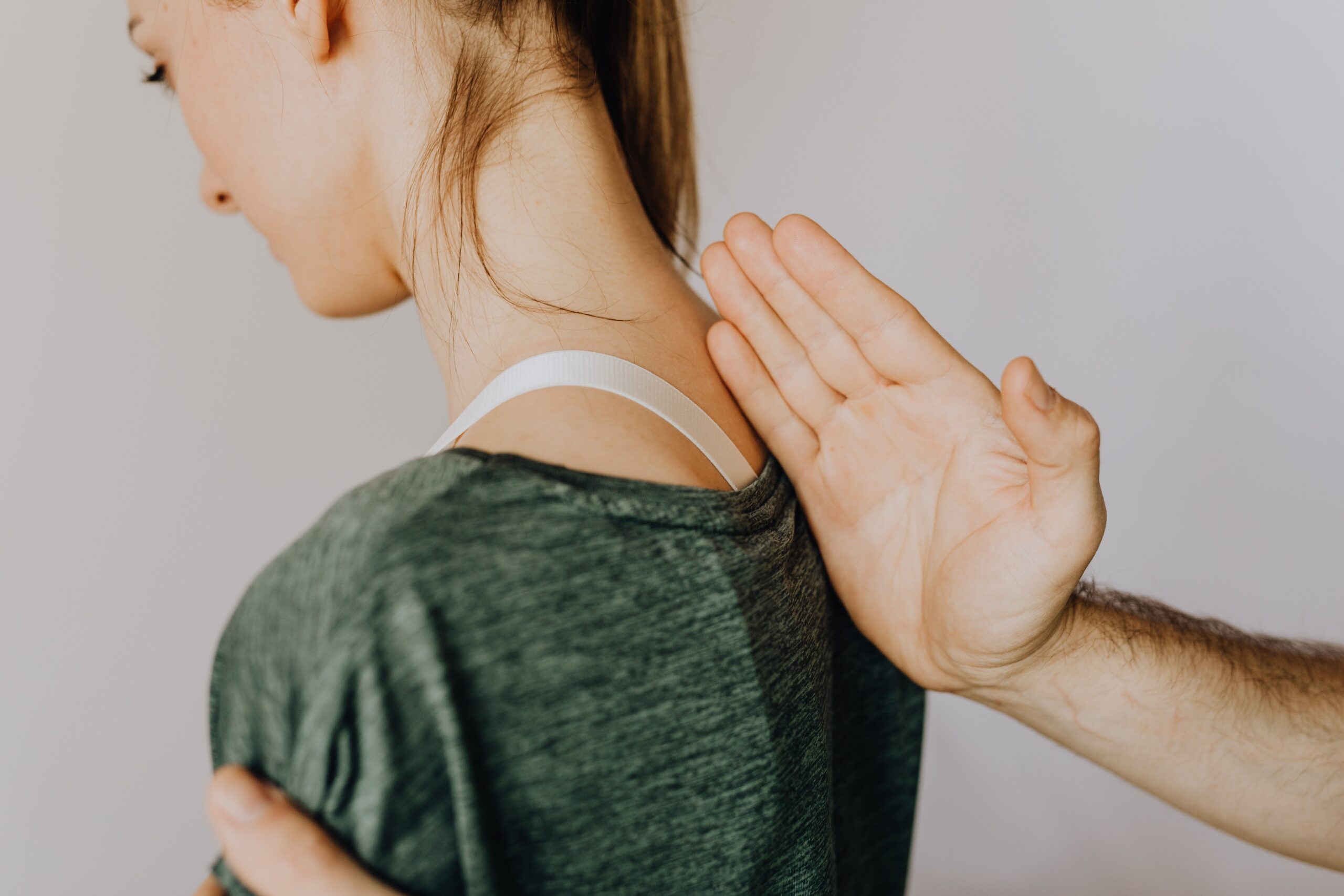Maintaining good posture is crucial for overall health and well-being, yet many people seem to suffer from poor posture in today’s sedentary and technologically driven lifestyle. But are we truly destined for poor posture? Let’s delve into the science behind how the human body determines body position in space, and how various factors such as trauma, injuries, gravity, genetics, and chiropractic care can impact posture and the possibility of restoring it to normal.
How the Human Body Determines Body Position in Space
The human body relies on a complex integration of sensory information to determine body position in space. This includes inputs from the vestibular system, which governs balance and spatial orientation, as well as visual cues. However, the most critical components are proprioceptor and mechanoreceptor cells.
Trauma, Injuries, Gravity, and Genetics: Impact on Posture
Trauma and injuries can significantly affect posture. Accidents or repetitive movements can cause muscle imbalances, joint misalignments, and altered movement patterns. Additionally, gravity exerts a constant force on our bodies, potentially disrupting the natural spinal curves and leading to poor posture. Genetics also play a role, as some individuals may be predisposed to conditions like scoliosis or have variations in bone structure that impact posture.
Proprioceptor Cells and Their Location
Proprioceptors are specialized sensory cells located in muscles, tendons, and ligaments. They provide continuous feedback to the brain about the body’s position and movement in space. This feedback is essential for maintaining balance, coordination, and posture without conscious effort.
Mechanoreceptor Cells and Their Location
Mechanoreceptors are sensory cells present in various tissues throughout the body, such as the skin, muscles, and joints. They respond to mechanical changes, like pressure, stretch, or vibration, and play a vital role in providing information about joint position and movement.
Concentration of Mechanoreceptors in Sub-occipital Muscles, Ligaments, and Tendons
The sub-occipital muscles, located at the base of the skull, are rich in mechanoreceptors. These receptors are responsible for detecting changes in head position and movement, helping us maintain proper posture and balance.
The Righting Reflex
The Righting reflex is a postural reflex that helps us maintain an upright position. When our body senses any changes in balance, this reflex allows us to automatically adjust our posture to keep our head and body aligned with the Earth’s gravitational pull.
How Upper Cervical Misalignments Affect Posture
Misalignments in the upper cervical spine can have a significant impact on posture. These misalignments can lead to forward head posture, rounded shoulders, and an imbalanced pelvis. Furthermore, they can cause nerve interference, affecting proprioception and mechanoreceptor function.
Precise Upper Cervical Chiropractic Care: Fixing Misalignments and Improving Sensory Function
Precise upper cervical chiropractic care aims to correct misalignments in the upper cervical spine through gentle, specific adjustments. By realigning the spine, nerve function is restored, improving proprioceptor and mechanoreceptor function. This can lead to better posture, reduced pain, and improved overall well-being.
The Science and Timing of Tissue Healing and Repair
Tissue healing and repair depend on various factors, such as the type and severity of the injury, individual health, and age. The body’s innate ability to heal itself can be supported through proper nutrition, exercise, and chiropractic care, promoting tissue healing and restoring normal function.
Restoring to Normal Posture: Is It Possible?
The possibility of restoring to normal posture depends on several factors, including the cause and duration of poor posture, individual health, and commitment to making lifestyle changes. With the right approach, such as upper cervical chiropractic care, restorative spinal traction, rehabilitation exercise and ergonomic adjustments, significant improvements in posture and overall well-being are achievable.
While modern lifestyles and factors like trauma, injuries, gravity, and genetics can contribute to poor posture, it is not a predetermined destiny. Through understanding the role of proprioceptor and mechanoreceptor cells, the impact of upper cervical misalignments, and the benefits of precise chiropractic care, it is possible to restore and maintain normal posture. By prioritizing proactive measures and seeking professional guidance, we can improve our posture and enjoy the many benefits of a healthy musculoskeletal system.
